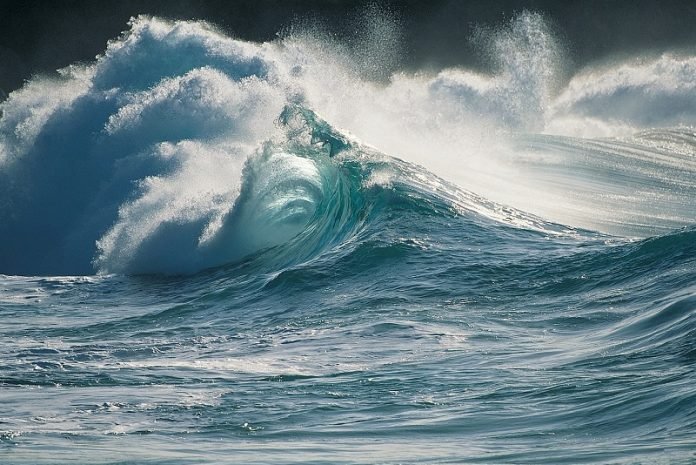
In Japan, a team of smart scientists, led by Professor Hiroshi Takagi from the Tokyo Institute of Technology, has come up with a brilliant idea to keep coastal areas safe and make electricity at the same time.
This idea is especially important because Japan has lots of ports (over 2,780 fishing ports and 993 commercial ones) that need protection from tsunamis, which are huge, dangerous waves caused by earthquakes under the sea.
Japan’s new invention is called a self-powered movable seawall system (SMS). It’s like a big, strong wall that can move up and down from the bottom of the sea.
This wall is not just any ordinary wall – it’s smart and can make its own electricity!
Here’s how it works: The wall has gates at the entrance of ports. These gates can go up and down. When the ports are not busy, like at night or on holidays, the gates close.
This creates a difference in water levels inside and outside the port. The neat part is that this difference in water levels can be used to make electricity. The system stores this electricity, and then it uses it to move the gates up and down when needed, like during a tsunami.
Professor Takagi points out that this kind of system is totally new. It’s special because it uses small changes in sea level, called microtidal energy, to make electricity.
Even though Japan’s tides are not very big, the system can still work. The gates have a small gap with tiny turbines (like water wheels) inside, which help in generating power.
The team tested this system in different Japanese ports. They wanted to see if it could make enough electricity to pull the gates back down after a tsunami warning is over.
Out of 56 ports they checked, nine were really good for this system, 14 were okay, but 33 didn’t work well because they couldn’t make enough power.
The western coast of Japan looks promising for this system. It faces the Nankai Trough, a place in the sea where earthquakes happen. These earthquakes can cause tsunamis, so having the SMS system there could be really helpful.
Some specific ports, like Himeji and Fukuyama, are great places for this system. These areas have big industries, like steel and shipbuilding, and the system could even make extra power to be used later.
This invention is not just about keeping the ports safe from tsunamis; it also helps by providing emergency power. This is important because it combines protecting people and places with using clean, renewable energy.
The team knows there are challenges, like technical issues and laws that need to be considered. But they believe this SMS system can be a game-changer for ports around the world, not just for tsunamis but also for other problems like rising sea levels and extreme weather.
Professor Takagi is optimistic.
He thinks that if they can make this system work well in Japan, with all its challenging conditions, they can share this technology with other countries. This could be a big step forward in keeping coastal areas safe and using energy in a smart way.



